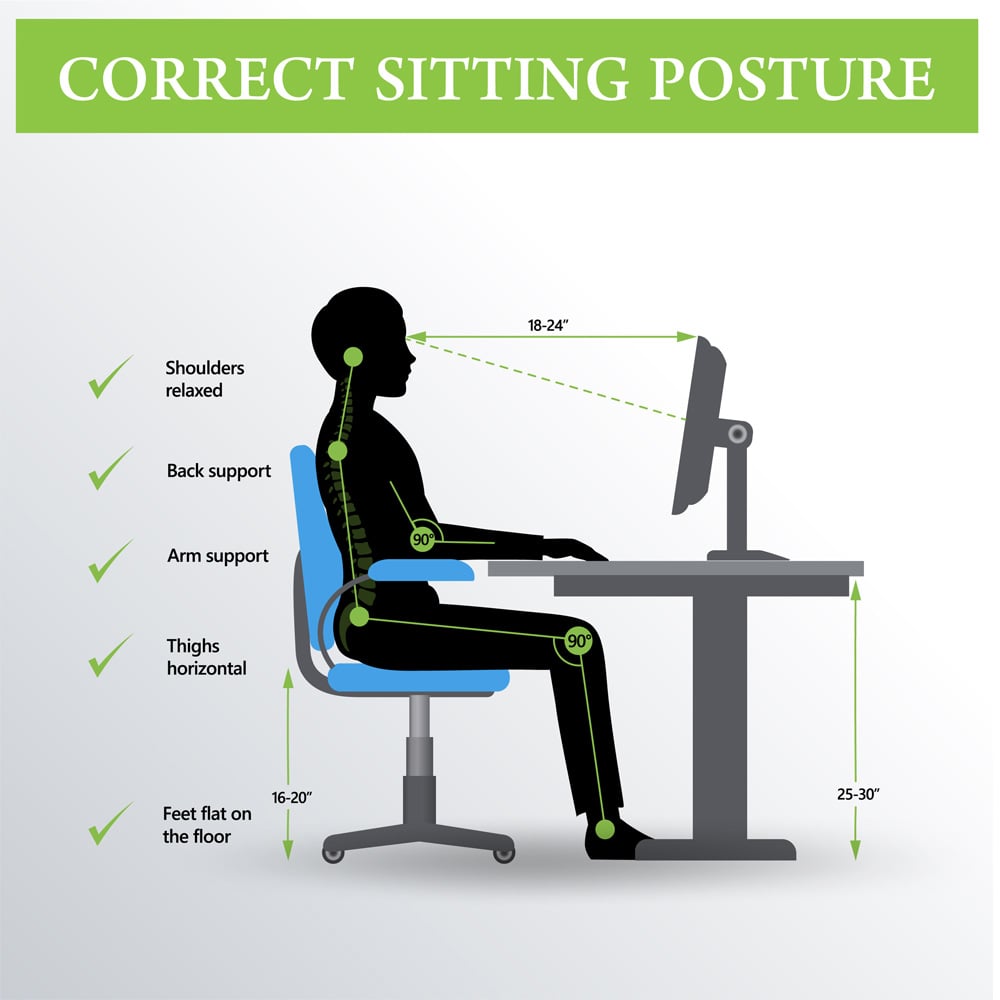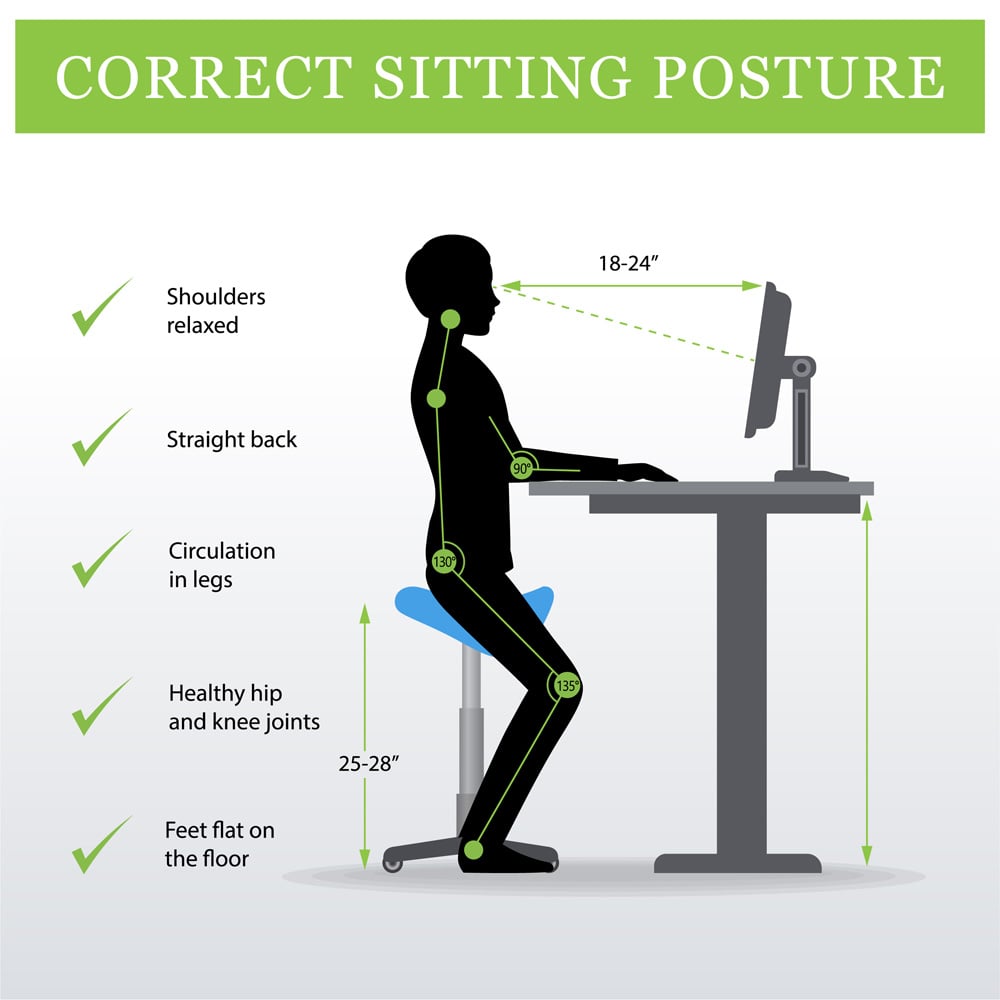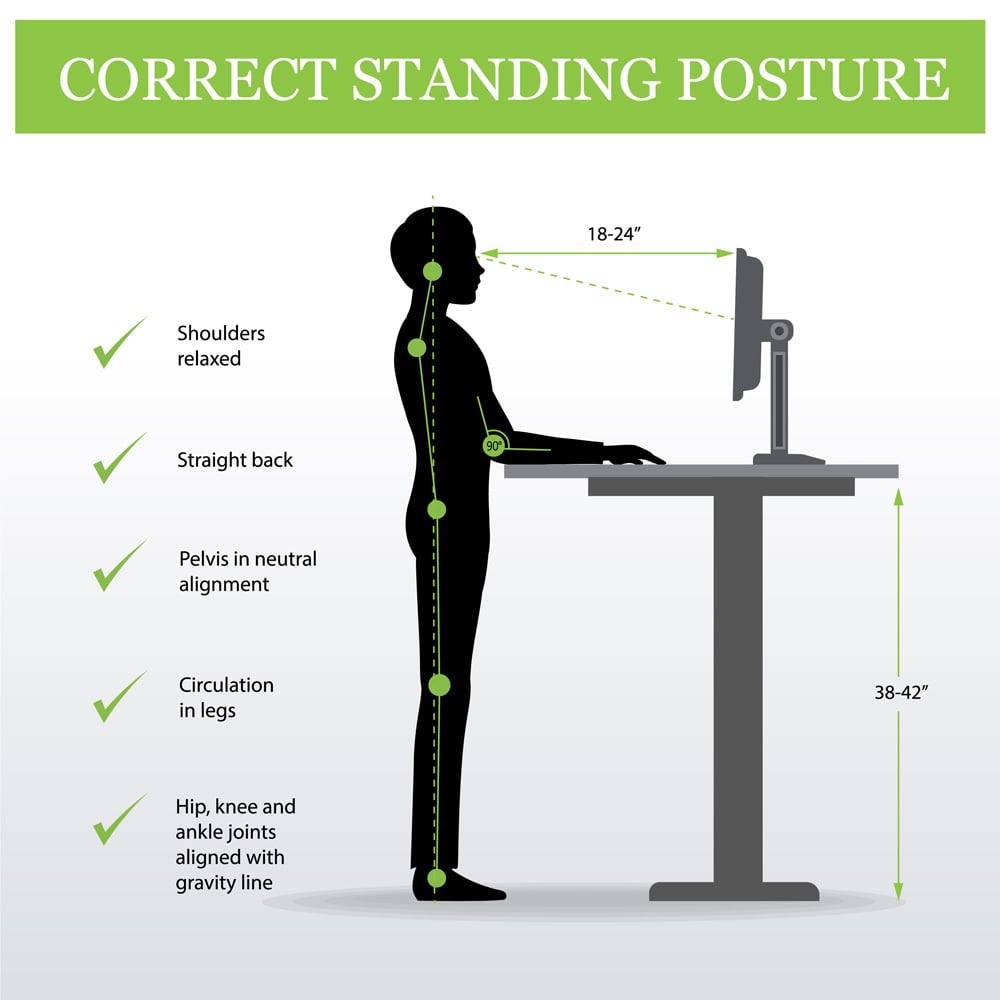Ergonomics
In simple terms, ergonomics is the science of providing a workspace that is safe, efficient and more comfortable. Specialists design such furniture and equipment keeping in mind that the person using it may be in the same position or making repetitive movements while at the workspace. Ergonomic design is important in the home, but it is equally important (if not more important) in the work environment where employees may spend long times in a small area.
Employers have become more aware of the importance of ergonomically designed furniture. Research show that ergonomically well designed furniture and decent work environment boost employee productivity. In addition to this, ergonomically designed machinery and equipment reduce injuries, stress, and other health complications and this can reduce the number of lost hours.
Easy to access lockers; comfortable chairs; head height shelving; a well placed computer keyboard, mouse and monitors; robotics; conveyor belt systems for moving materials etc. are all part of ergonomic design and functionality.
Equipment Design
While designing equipment according to ergonomics laws, the designer needs to have a holistic approach. They need to keep different aspects in mind like, such as the size and height of different people who will use the furniture and the space available for such furniture and equipment.
For instance, if you are designing a chair. While creating it, you need to keep in mind where the chair will be located. How long it will be occupied, can it be adjusted, while it carries certain weights and sizes act? Although just one piece of furniture, certain well thouth out features can make an incredible difference to an individual’s ability to work for long hours comfortably and safely.
Like clothes, furniture is not one size fits all. Not all furniture pieces cater to everyone. For instance, if you have a content writer, lab assistant and IT technician, each employee may need a specific piece of furniture or design to suit their job role.
A content writer requires a chair that is with a broad base with beautiful soft armrests that are on the same level as their keyboard. It will let their arms stay straight, which is your arm’s natural position. The more extensive base will allow the writer to move in their spot.
On the other hand, consider the desk, it may need an adjustable footrest, adjustable monitor arm(s), storage facilities and / or plug points. The desk itself may need to be height adjustable and may include the sit or stand desk positions.
Rest Times
According to research, a worker should take five to thirty-minute rest after each hour. For this reason, a human requires a little movement after a little while. If employees do not adhere to these recommended breaks, it may be detrimental to their physical and mental health.
Research shows that small breaks help release stress, mental fatigue, improve focus, and boost brain activity. However, the breaks vary from task to task. Physically demanding tasks may require more yet shorter break times, while mentally draining exercises may require longer breaks. The ergonomic design is likely also to be a major factor in how long a person can work before physical or mental fatigue set in.
The work environment away from the desk or workstation also should be considered. These include lunch and rest areas. Google is a globally recognized company which is famous or infamous for some of their break rooms which include video games, massage chairs, snacks among other ideas. Does this benefit the company’s productivity? Well, just look at their success.
Training
An employer should train his employees on the importance and other aspects of workplace ergonomics. Employers need to tell employees ways how they should do their work so that they can effectively reduce physical and mental strain from their bodies and most important prevent repetitive strain disorders developing over time.
The Health and Safety Authority of Ireland (HSA) advises that Manual Handling Training should be provided to employees in the workplace, especially when handling of heavy objects is necessitated. The course should cover Safety, Health and Welfare at Work Regulations on manual handling in the workplace as well as the employer and employee responsibilities regarding manual handling.
Where feasible, equipment should be provided to assist employees with lifting or movement of product and the workplace should be designed automate or facilitate material handling and minimise the risk of injury to employees.
Even with a well designed workplace, The HSA has a framework laid out for the correct route in identifying possible problems and solutions to these should be considered. These steps include:
- Identify the Manual Handling Tasks that need to be assessed
- Develop a risk assessment schedule
- The Risk Assessment Process
Other areas of training which can improve safety and workplace productivity include cleaning, safe storage practices, etc.
Who Can Help with This? (Ergonomist Consultants)
Ergonomic consultants may be health professionals or individuals with training in the field of ergonomics. These consultants can assist companies and employees to improve the workplace and reduce the possibility of repetitive strain injuries.
Manufacturing and design companies like NGS Engineering that understand ergonomic and safety design can advise and help companies to develop a work environment that is better suited to the product and material handling requirements of the company.
NGS offer solutions for material movement and product assembly that include conveyor belt systems, tote-lifters, pick-and-place robotic systems, product assembly stations, dedicated assembly and labeling workstations. In addition to this, NGS provides safe and secure storage, cable management, guard rails and barriers and more.
Find out more of what NGS can offer by contacting us today (https://ngsengineering.com/contact/).



